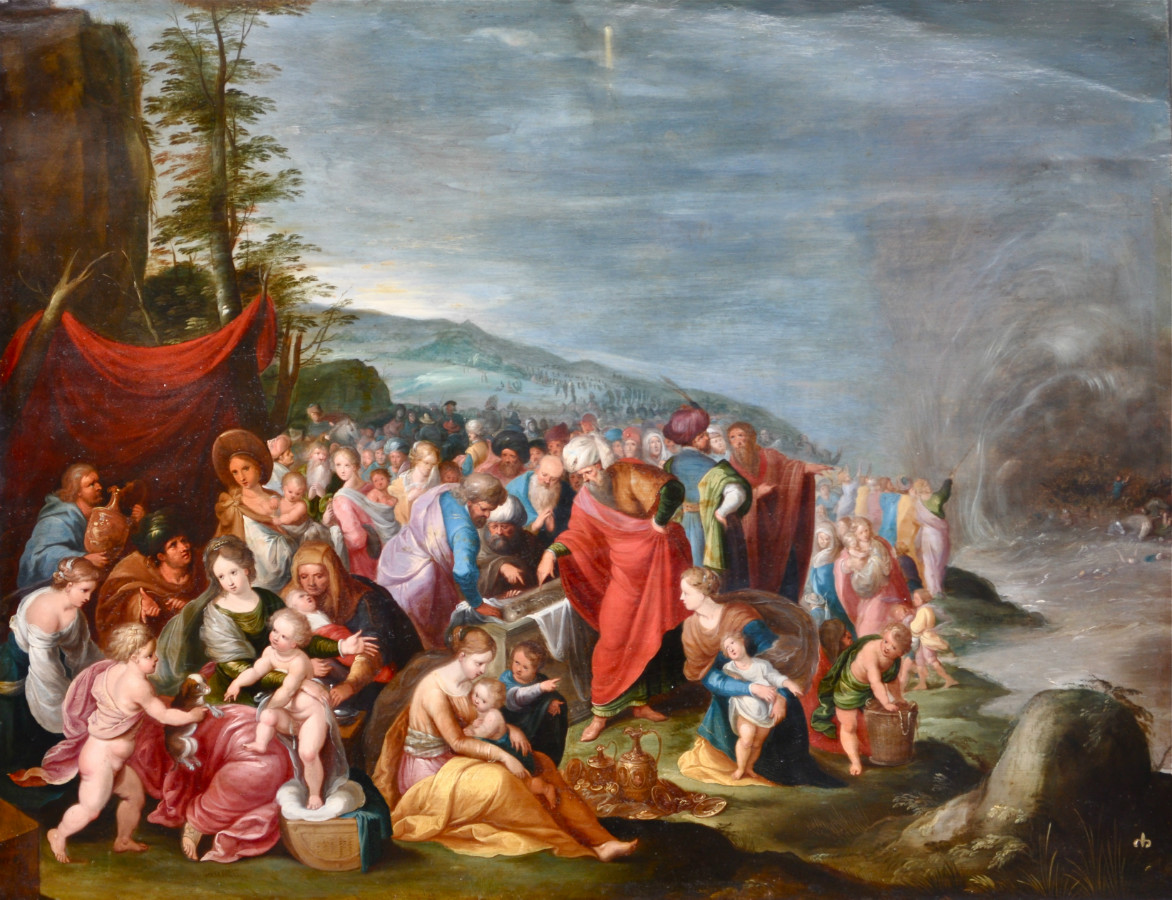2nd quarter of the 17th century
The Israelites after the Crossing of the Red Sea
Oil on copper : 50,3 X 65,3 cm
Bears a signature bottom left “FRANCK”
Unframed
"All paintings are fully documented with texts and photographs of comparative items. All this information is removed from our website once the painting is sold".
SOLD

